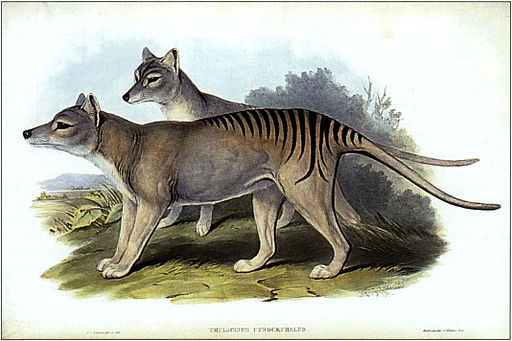- What is meant by cryptozoology?
- What is different between it and good science?

These definitions, though, are so broad that they cover very different cases which should be distinguished; each of the following have been called cryptids by some people.
- An animal known to currently exist, but not in the location where it was seen. The sightings of big cats in Britain fall into this category.
- An animal which is known to have existed and is believed to have gone extinct during human history, but for which there are unconfirmed sightings after its presumed extinction. Alleged sightings of the Ivory-billed Woodpecker and of the Tasmanian Wolf fall into this category.
- An animal which is known to have existed and is believed to have gone extinct before the dawn of human history, but for which there are unconfirmed sightings. Alleged sightings of dinosaurs and pterosaurs fit this category.
- An animal which is not known to have ever existed, but which is biologically possible and for which there are unconfirmed sightings. Alleged sightings of Bigfoot go here, since Bigfoot seems to be either an ape that has independently evolved a preference for bipedalism or a relative that diverged from us at or about the time of the Australopithecines.
- A creature which appears to be biologically and/or physically impossible. Mermaids, which make no sense biologically, and werewolves, which appear to violate the laws of physics, go here.
Category 5, on the other hand, belongs in the category of the paranormal, if not in the category of pure fiction. As with Category 1, many self-professed cryptozoologists do not consider these to be truly a part of cryptozoology.
Category 2, on the other hand, is dubious. Even the most skeptical are not surprised that sometimes announcements of extinction are premature, though some survivals would be more surprising than others. It seems much more likely, for example, that the Ivory-Billed Woodpecker is still in existence than that the Dodo still survives.
That leaves Category 3 and 4 as the solid core of what is meant by cryptozoology, with Category 2 on the edge and Categories 1 and 5 outside the boundaries. The upshot, then, is that cryptozoology is the search for animals which are not impossible but for which only weak evidence exists.
No comments:
Post a Comment